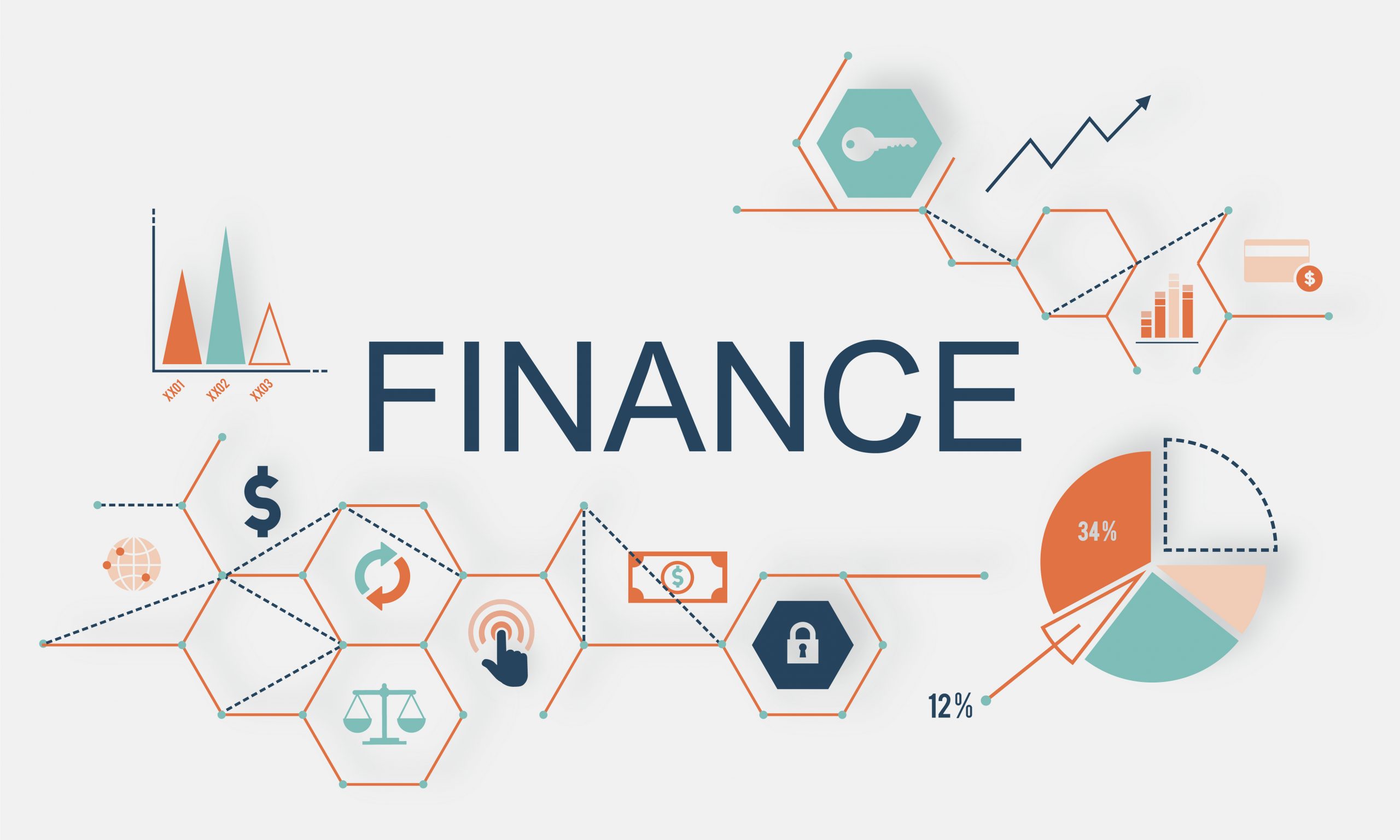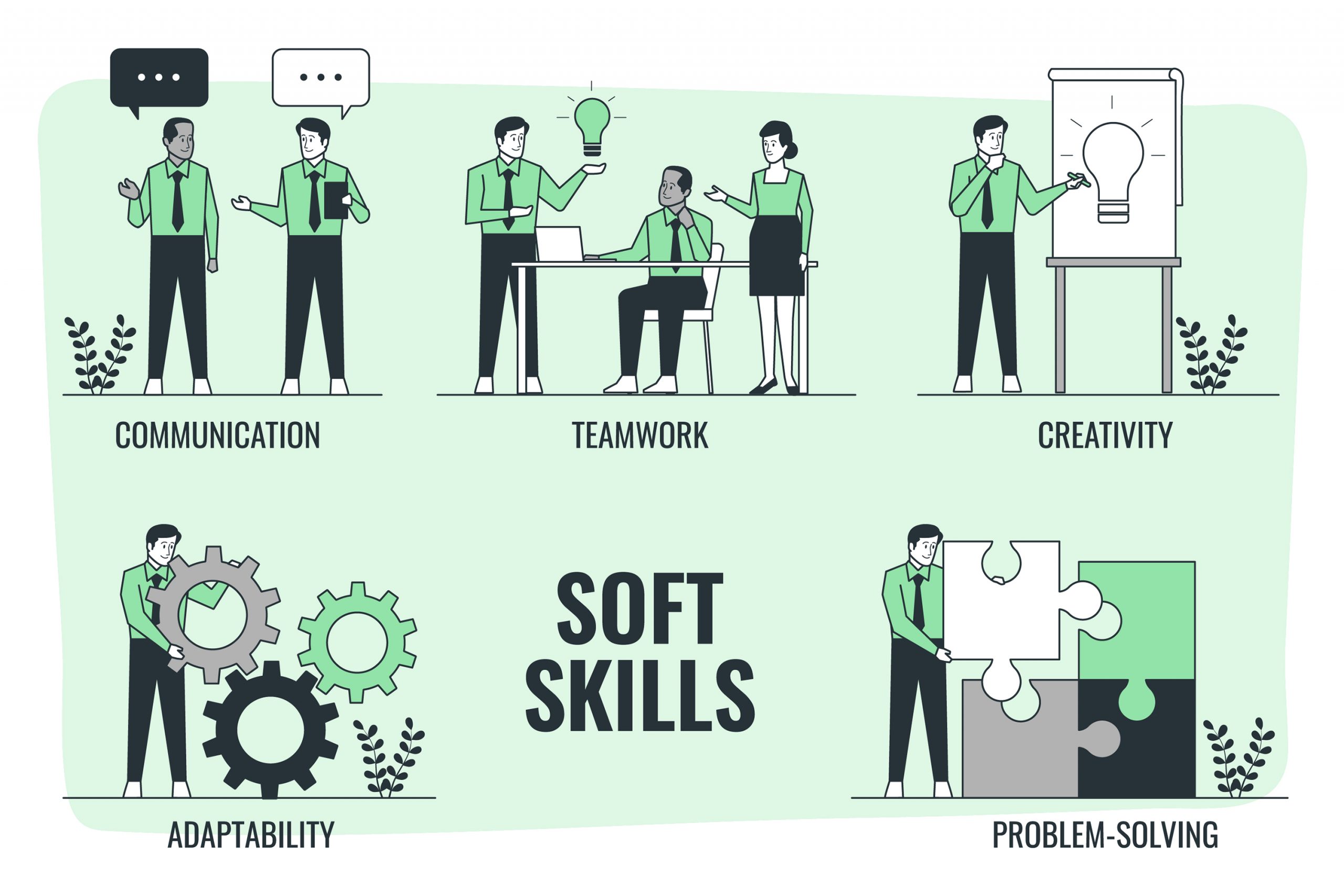As defense and aerospace spending ramps up under the Trump administration, job opportunities in these industries are expected to grow significantly. With increased budgets and a focus on national security, military contractors, aerospace companies, and defense technology firms are likely to expand their workforces. Roles in engineering, cybersecurity, project management, and technical operations are among those expected to see high demand.
This guide will discuss the types of roles likely to be in demand in the defense and aerospace sectors, key skills for each position, and tips on building a resume that stands out in these competitive industries. We’ll also explore how VioResume can help you craft a defense or aerospace-focused resume tailored to highlight your qualifications.
1. Projected Growth in Defense and Aerospace Jobs
Increased spending on defense and aerospace means more job opportunities across various technical and managerial roles. The Trump administration’s focus on bolstering national security and military capabilities has led to growth in these sectors, especially in areas related to aerospace engineering, cybersecurity, logistics, and project management. Companies involved in defense contracting, space exploration, and military technology are expected to be at the forefront of this hiring wave.
2. Key Roles Expected to Be in Demand in Defense and Aerospace
Several roles are poised for growth in defense and aerospace as companies ramp up efforts to meet expanded security demands. These roles require specialized technical skills, experience with complex systems, and often, security clearances. Here are some of the most in-demand positions:
- Aerospace Engineer: Responsible for designing, testing, and developing aircraft, spacecraft, and weapons systems.
- Cybersecurity Specialist: Focuses on protecting defense systems and infrastructure from cyber threats and attacks.
- Systems Engineer: Works on large, complex systems within defense and aerospace projects, ensuring that all parts function seamlessly together.
- Project Manager: Manages defense projects, from budgeting to resource allocation, often overseeing cross-functional teams and ensuring timely delivery.
- Operations Technician: Maintains and operates defense equipment and technology, including testing and quality control.
Each of these roles requires unique expertise, but they all benefit from a structured resume that highlights relevant experience, skills, and certifications.
3. Essential Skills and Certifications for Defense and Aerospace Roles
In defense and aerospace, technical knowledge, specialized skills, and often, a security clearance are critical to landing a job. Here are some skills and certifications that can help make your resume more competitive:
- Technical Proficiency: For engineering and technical roles, expertise in specific tools and software, such as CAD, MATLAB, and systems engineering software, is often required.
- Cybersecurity Skills: For cybersecurity positions, certifications such as Certified Information Systems Security Professional (CISSP) and Certified Ethical Hacker (CEH) can be advantageous.
- Project Management: Project managers benefit from certifications like Project Management Professional (PMP), which show proficiency in managing large, complex projects.
- Security Clearance: Many roles in defense and aerospace require security clearance due to the sensitive nature of the work.
- Problem-Solving and Analytical Skills: The ability to analyze complex systems and troubleshoot issues is crucial for engineers and technicians in this industry.
Highlighting these skills and certifications on your resume signals to employers that you are well-prepared to meet the challenges of defense and aerospace roles.
4. Structuring Your Resume for Defense and Aerospace Roles
To make a strong impression in the defense and aerospace sectors, your resume should be structured to emphasize technical skills, project experience, and any relevant security credentials. Here’s how to build a defense-focused resume:
- Professional Summary: Start with a summary that highlights your experience, technical skills, and any relevant certifications, such as security clearances or project management credentials.
- Skills Section: Include a skills section listing relevant tools, software, and specialized skills, such as cybersecurity protocols, CAD, or systems engineering.
- Work Experience: Use bullet points to describe your responsibilities and accomplishments in previous roles. Quantify achievements wherever possible, like “improved system efficiency by 15%” or “managed $1M project with on-time delivery.”
- Certifications and Security Clearance: Create a dedicated section for certifications and security clearance status, as these are highly valued in the defense and aerospace sectors.
Example:
Professional Summary
“Experienced aerospace engineer with over 8 years of experience in aircraft and defense systems design. Skilled in CAD, systems engineering, and compliance with national security standards. Hold an active Top Secret clearance and a Project Management Professional (PMP) certification.”
5. Using VioResume to Optimize Your Defense and Aerospace Resume
Creating a resume for the defense and aerospace sectors requires attention to technical detail, compliance with industry standards, and a structured presentation of your skills. VioResume provides templates specifically designed for technical and high-security industries, helping you present your qualifications in a way that aligns with defense and aerospace standards.
Benefits of Using VioResume:
- Defense-Specific Templates: VioResume offers templates designed for roles in defense and aerospace, with sections that allow you to highlight technical skills, certifications, and security clearances.
- ATS Optimization: VioResume’s templates are optimized for Applicant Tracking Systems (ATS), helping your resume reach the hiring manager by passing through automated screenings.
- Real-Time Feedback: With VioResume’s premium features, you receive feedback on phrasing, formatting, and content, ensuring that your resume is professional and polished.
Explore VioResume’s defense and aerospace resume templates here to create a resume that highlights your technical expertise and security credentials effectively.
6. Tips for Applying to Defense and Aerospace Jobs
To increase your chances of success in defense and aerospace, consider these tips:
- Customize Your Resume for Each Job: Tailor your resume to match each job description, using relevant keywords to ensure ATS compatibility and highlight key qualifications.
- Quantify Your Achievements: Numbers and metrics are impactful in defense and aerospace. Use data to demonstrate achievements, such as “improved efficiency by 20%” or “led a team of 15 on a $2M project.”
- Emphasize Certifications and Clearances: If you have security clearances or certifications, make sure these are prominently displayed, as they are highly valued in the defense and aerospace industries.
Conclusion
As defense and aerospace spending continues to rise, job opportunities in engineering, cybersecurity, project management, and technical operations are expected to grow. A well-crafted resume that highlights your technical skills, certifications, and security clearances is essential to stand out in this competitive field. VioResume offers industry-specific templates designed to help defense and aerospace professionals create a powerful resume.
Visit VioResume today to explore templates tailored for defense and aerospace roles. With the right resume, you can enhance your chances of landing a role in this essential and fast-growing industry.











